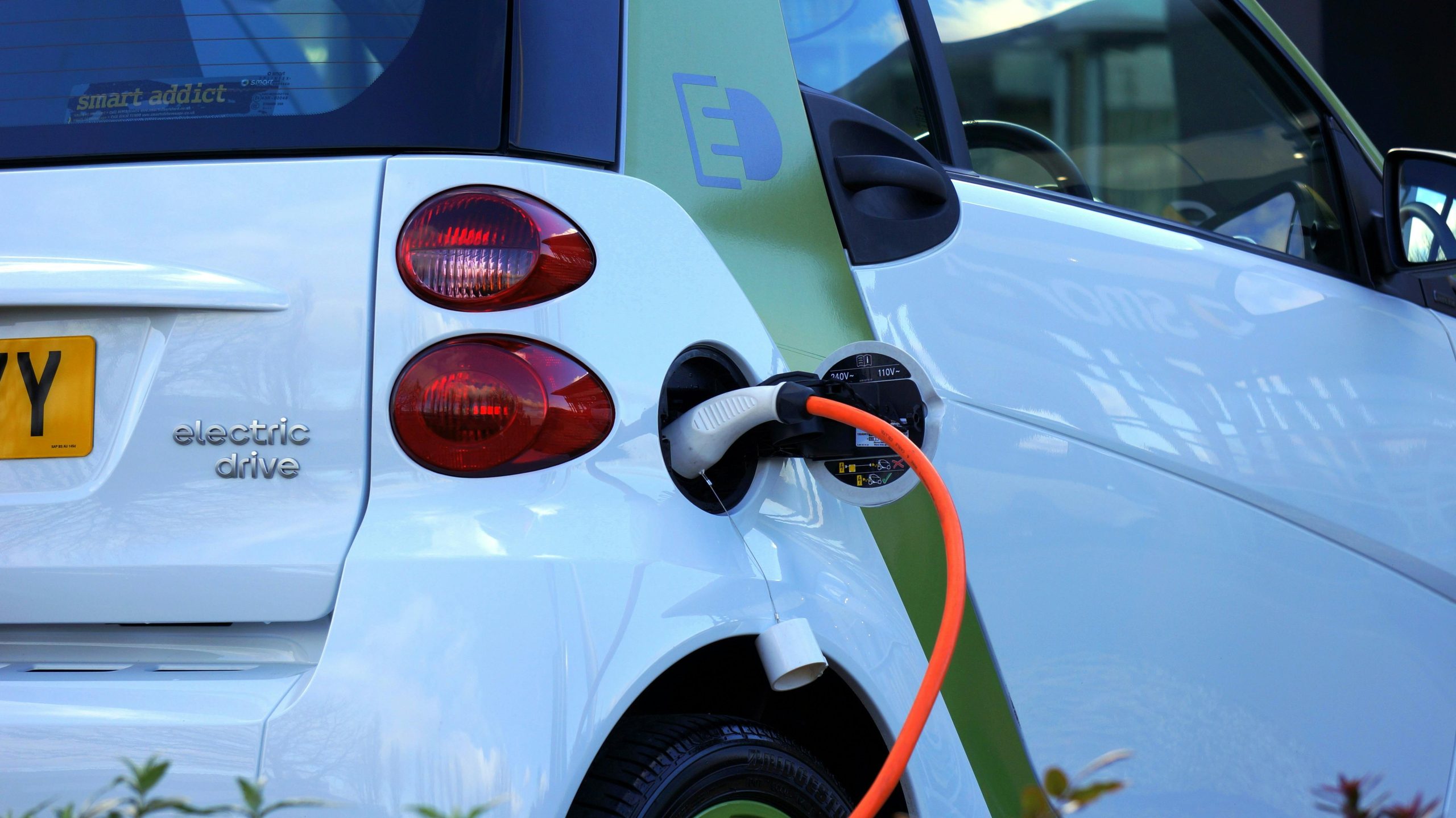The transportation industry is undergoing a seismic shift, driven by groundbreaking technological innovations. From electric and autonomous vehicles to hyperloop systems and AI-powered traffic management, these advancements are reshaping how people and goods move across the globe. As sustainability, efficiency, and safety take center stage, cutting-edge technologies are paving the way for a smarter, faster, and greener future in transportation.
Electric and Autonomous Vehicles
Electric vehicles (EVs) and autonomous driving technologies are at the forefront of the transportation revolution. EVs, powered by advanced lithium-ion and solid-state batteries, are reducing carbon emissions and dependency on fossil fuels. Companies like Tesla, Rivian, and traditional automakers are pushing the boundaries with longer ranges, faster charging, and affordable models.
Meanwhile, autonomous vehicles (AVs) are leveraging AI, machine learning, and sensor technologies to navigate roads without human intervention. Self-driving cars from Waymo, Cruise, and Tesla’s Full Self-Driving (FSD) system are already being tested in real-world conditions. These innovations promise to reduce accidents caused by human error, optimize traffic flow, and provide mobility solutions for those unable to drive.
Key Benefits of EVs and AVs
- Lower Emissions: EVs produce zero tailpipe emissions, contributing to cleaner air.
- Enhanced Safety: AVs use real-time data to prevent collisions.
- Reduced Congestion: Autonomous fleets can communicate to optimize routes.
Hyperloop and High-Speed Rail
Imagine traveling at speeds exceeding 700 mph in a vacuum-sealed tube—this is the promise of the Hyperloop. Pioneered by companies like Virgin Hyperloop and Elon Musk’s The Boring Company, this futuristic mode of transportation could drastically cut travel times between major cities. By eliminating air resistance and friction, Hyperloop systems aim to be faster than airplanes while using renewable energy.
High-speed rail networks, such as Japan’s Shinkansen and Europe’s TGV, are also evolving with maglev (magnetic levitation) technology. These trains float above tracks using powerful magnets, reducing wear and tear while achieving unprecedented speeds. China’s Shanghai Maglev Train, for example, reaches speeds of 267 mph, setting new benchmarks for rail travel.
Advantages of Hyperloop and Maglev
- Unmatched Speed: Hyperloop could connect Los Angeles to San Francisco in under 30 minutes.
- Energy Efficiency: Maglev trains consume less power than traditional rail systems.
- Scalability: These systems can be integrated into existing urban infrastructure.
AI and Smart Traffic Management
Artificial intelligence is transforming how cities manage traffic and transportation networks. AI-powered systems analyze vast amounts of data from cameras, sensors, and GPS devices to optimize traffic signals, predict congestion, and reroute vehicles in real time. Companies like Siemens and IBM are developing smart traffic solutions that reduce delays and improve fuel efficiency.
Additionally, ride-sharing platforms like Uber and Lyft use AI algorithms to match drivers with passengers efficiently, minimizing empty trips. Autonomous delivery drones and robots, guided by AI, are also becoming commonplace for last-mile logistics, ensuring faster and more cost-effective package deliveries.
How AI Enhances Transportation
- Real-Time Adjustments: AI dynamically changes traffic light timings based on flow.
- Predictive Analytics: Forecasts traffic patterns to prevent bottlenecks.
- Improved Logistics: Optimizes delivery routes for businesses.
Urban Air Mobility (UAM)
The skies are the next frontier in transportation, with Urban Air Mobility (UAM) gaining traction. Electric vertical takeoff and landing (eVTOL) aircraft, such as those developed by Joby Aviation and EHang, promise to revolutionize short-distance travel. These flying taxis aim to reduce ground congestion by transporting passengers and cargo across cities via aerial routes.
Major cities are already planning vertiports—dedicated hubs for eVTOLs—to integrate air mobility into public transit systems. With advancements in battery technology and air traffic control automation, UAM could become a viable alternative to traditional road transport within the next decade.
Potential of Urban Air Mobility
- Time Savings: Bypasses ground traffic for faster commutes.
- Eco-Friendly: eVTOLs produce fewer emissions than helicopters.
- Scalable Infrastructure: Vertiports can be built atop existing buildings.
Conclusion
The transportation sector is experiencing an unprecedented wave of innovation, driven by technologies that prioritize speed, sustainability, and safety. From electric and autonomous vehicles to Hyperloop systems and AI-driven traffic management, these advancements are not just futuristic concepts—they are actively reshaping how we travel today. As these technologies mature and become more accessible, they will play a crucial role in building smarter, more efficient, and environmentally friendly transportation networks for generations to come.
